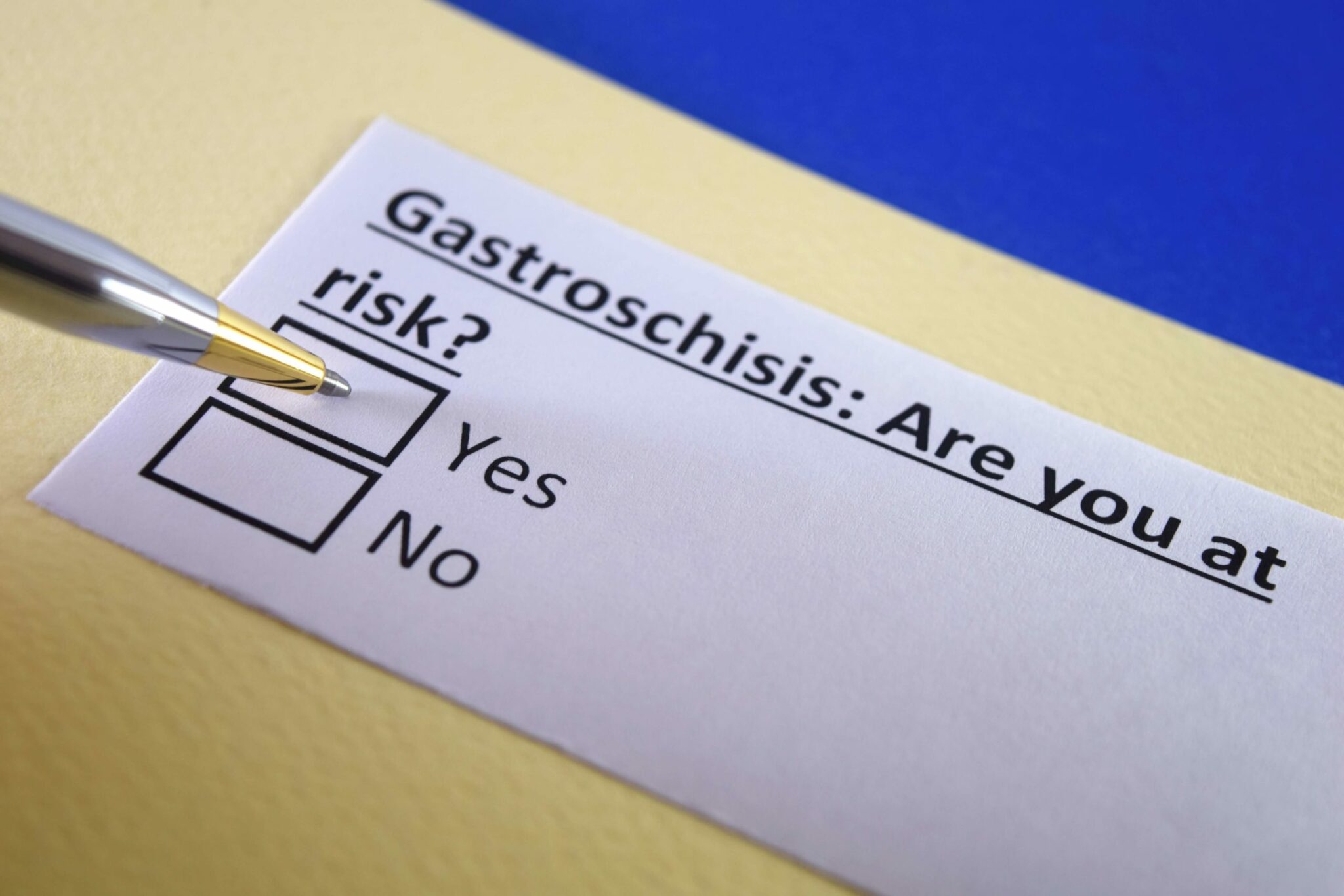5 Nutrients for Baby-Led Weaning


Baby-led weaning is one way to start solids with your baby. It involves skipping the spoon and allowing your baby to self-feed solids that are prepared in graspable and dissolvable forms, such as sticks of cooked meat or ripe fruit cut into wedges or sticks.
While research suggests that baby-led weaning encourages self-regulation, development of feeding skills, and leaner babies, there isn’t much research to assess its nutrient adequacy. Some research suggests that lower calorie foods such as fruit and vegetables are more common in this feeding approach, which may be associated with baby’s weight status.
More recent research points to inadequacies of iron in the diet of baby-led weaners and their spoon-fed counterparts. More research on nutrient intake is needed to help guide optimal food selection to support normal growth and development.
In the meantime, here are five nutrients parents of baby-led weaners should pay attention to, and why:
Iron—Iron requirements are particularly important during the first year of life when baby’s brain is developing, his body is growing, and iron stores are being built up. Around the time of introducing solid food (6 months), iron requirements shoot up to 11 mg/day (from 0.27 mg/day), making iron an important consideration when choosing foods to feed your baby. If you are breastfeeding your baby, iron-rich foods will play a central role to your baby’s overall growth and development. Try to offer two servings of iron-containing foods each day; if offering plant-based iron sources, give a source of vitamin C (orange juice, tomato sauce, etc) at the same time to maximize iron absorption.
Good sources of heme iron (animal-based and naturally well-absorbed in the body) are: chicken liver, oysters, beef liver, beef cuts and ground beef, turkey (dark meat), tuna canned in water, turkey (light meat), chicken (light and dark meat), fresh tuna, crab, pork, shrimp, and halibut.
Good sources of non-heme iron (increase absorption by adding a source of vitamin C): ready-to-eat cereals, oatmeal, soybeans, lentils, beans (kidney, lima, black-eyed peas, navy, black, pinto), tofu, spinach, raisins, molasses, and commercially prepared white and wheat bread.
Zinc—Zinc is a key nutrient for growth and appetite. Children with poor zinc intake may grow slowly, and have a poor appetite causing inadequate food intake. Zinc is also tied to immunity and plays a role in keeping your baby healthy.
Include zinc-rich foods as your baby transitions to solid food, such as red meat like beef and lamb, poultry like chicken or turkey, crabmeat, lobster, fortified ready-to-eat breakfast cereals, a variety of beans, different nuts (when older), whole grains and foods made with whole grains, and dairy products.
Fat—Babies need quite a bit of fat in their diets to sustain their rapid growth in the first year of life, especially when considering how easily their tummies fill up. Every calorie counts! In fact, babies need about 50 percent of their total calories from fat, which is an amount naturally found in breast milk and infant formula. However, when babies start solid food, their fluid intake naturally decreases over time, making fat sources from solid food an important inclusion.
Fat sources include plant oils, avocado, nut butter, butter, whole milk (wait until a year old) and yogurt
Vitamin D—If you’re breastfeeding, your baby should already be getting a vitamin D supplement; vitamin D is included in the panel of nutrients in infant formula.
As your baby transitions to solids, keep an eye out for foods that include vitamin D, either naturally (fatty fish such as salmon, cooked mushrooms, or eggs) or fortified with vitamin D (milk or vitamin D-fortified orange juice). As you reach the one year milestone, milk or milk alternatives fortified with vitamin D will help your baby reach his requirements, though you may still need supplementation to assure your baby is getting enough.
DHA—Docosahexaenoic Acid (DHA) is an omega-3 fatty acid essential for the development of the retina and the brain. Breastfed babies will receive DHA through mother’s milk, provided that mom has a good diet including DHA food sources (found below); many infant formulas include DHA.
By 9 months, start offering solid foods that are good sources of DHA, including 1-2 servings of low-mercury fish each week, including salmon, trout, shrimp, tilapia, pollock, and canned light tuna. Other sources of DHA include fortified eggs, DHA-fortified milk, and DHA-fortified orange juice. Consider a DHA supplement if your toddler won’t eat fish or other sources of DHA.
Sources:
- A Review of Studies on the Effect of Iron Deficiency
- The Journal of Nutrition.
Castle JL and Jacobsen MT - Fearless Feeding: How to Raise Healthy Eaters from High Chair to High School
- Jossey-Bass, 2013.
Development and pilot testing of baby-led introduction to solids - BMC Pediatrics.
Zeigler et al - Dry cereals fortified with electrolytic iron or ferrous fumarate are equally effective in breast-fed infants
- J Nutr
- 2011; 141: 243-248.
Powered by Bundoo®










































